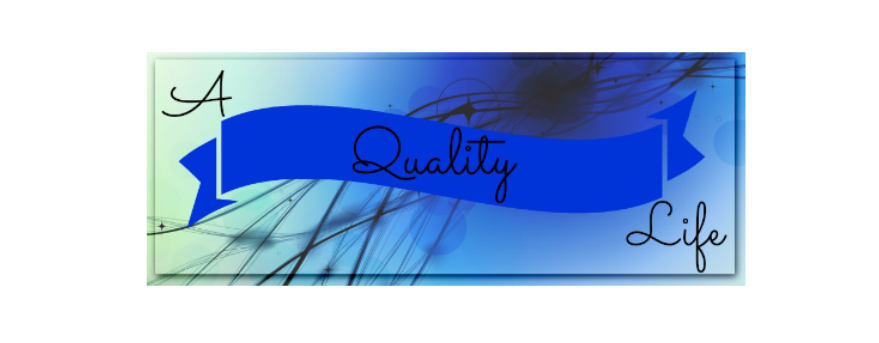BPA (Bisphenol-A) became more widely known to the public when the battle to stop putting it into the making of baby bottles and sippy cups began. Bisphenol-A is a synthetic chemical from the diphenylmethane group and is colorless. It is in many consumer goods including types of sales receipts and a number of food and beverage containers.
Concerns over BPA include its hormone-like properties, which are endocrine disruptors. Its safety has been seriously investigated since 2008 by many governments. Polycarbonate products were withdrawn by certain retailers.
States began banning BPA in baby bottles and sippy cups one by one until in 2012, the FDA stepped in with a complete prohibition for BPA in those items. That prohibition does not reach into the making of other items and the trouble is, BPA can leach into food.
The American Assn. of Family and Consumer Sciences (AAFCS) wrote in 2010 about “Human Exposure to BPA,” which states that the constant exposure of consumers to BPA leads to risks not only with the reproductive system but prostate cancer, breast cancer, child asthma, heart disease, diabetes, and more.
In 2011, GreenBiz reported, “BPA Bans, Chemical Reform Laws in the Works in 30 States.” These were bills and not all passed. According to a July 17, 2012 article in the N.Y. Times, “F.D.A. Makes it Official: BPA Can’t be Used in Baby Bottles and Cups,” a study of over 2,000 people showed that BPA was found in the urine of over 90 percent. Traces were also found in the blood of pregnant women and in breast milk, as well as umbilical cord blood. Concerns include not only abnormal hormonal effects but effects of BPA on the brain.
BPA bans vary from state to state and things are changing but there isn’t uniformity nationwide beyond the baby bottles and sippy cups.
In 2009, Minnesota passed “The Toxic Free Kids Act.” This required the Dept. of Health to create lists for “Chemicals of High Concern” and “Priority Chemicals.” http://www.health.state.mn.us/divs/eh/hazardous/topics/toxfreekids
On December 1, 2010, New York included a BPA ban in items for children under three, including pacifiers, liners, cup lids, and straws in addition to baby bottles and sippy cups.
On October 1, 2011, Connecticut banned BPA in products for children under three, including reusable food containers/jars and cans containing food or beverage products.
In July 2012, Virginia banned BPA in sports bottles.
In 2013, the FDA banned the use of BPA in infant formula materials used for packaging.
Minnesota issued a ban on BPA in children’s food containers for those three years and under, effective August 2014 for manufacturers/wholesalers and August 2015 for retailers.
On March 17, 2015, Amanda Starbuck headlined an article, “Oregon Officials Want to Ban Toxins from Children’s Products. A Federal Bill Could Stop Them.” Apparently, the 40 year old federal Toxic Substances Control Act (TSCA) was poorly written.
On June 3, 2015, Environmental Working Group (EWG) published “BPA in Canned Food, Behind the Brand Curtain.” In 2014, canned food brands were analyzed and out of 252, there were 78 brands with BPA-based epoxy lining.
Some of the more recognizable names are Armour, Bush’s, Carnation, Chef Boyardee, Del Monte, Eagle, Early California, Green Giant, Lindsay Olives, Ocean Spray, Progresso, Wolfgang Puck Organic Soups. For a full list, go to: http://www.ewg.org/research/bpa-canned-food
There is also a list of BPA-free brands and to check those items not on the list or for individual items, go to:
